B
BIG61AL
Guest
Found these pair of bullets. They both weigh about 32 grams. These things are monster huge. The bullet on the left has smaller rings than the one on the right. It is also slightly shorter in length and the the flat portion on the tip is a smaller size then the other. They both have a large hollow space in the bottom which is what I assume to be a feature to expand upon firing to the barrel. Any one know anything about these?


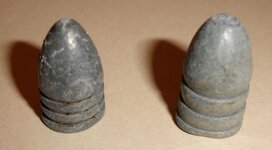
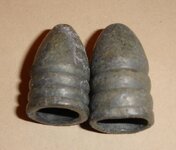
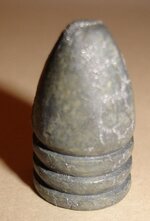
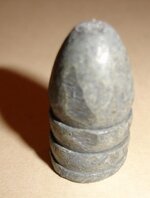
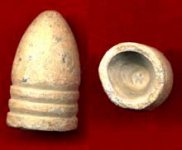
 If You Got Hit With This Bullet, you will not be geting up!
If You Got Hit With This Bullet, you will not be geting up!





